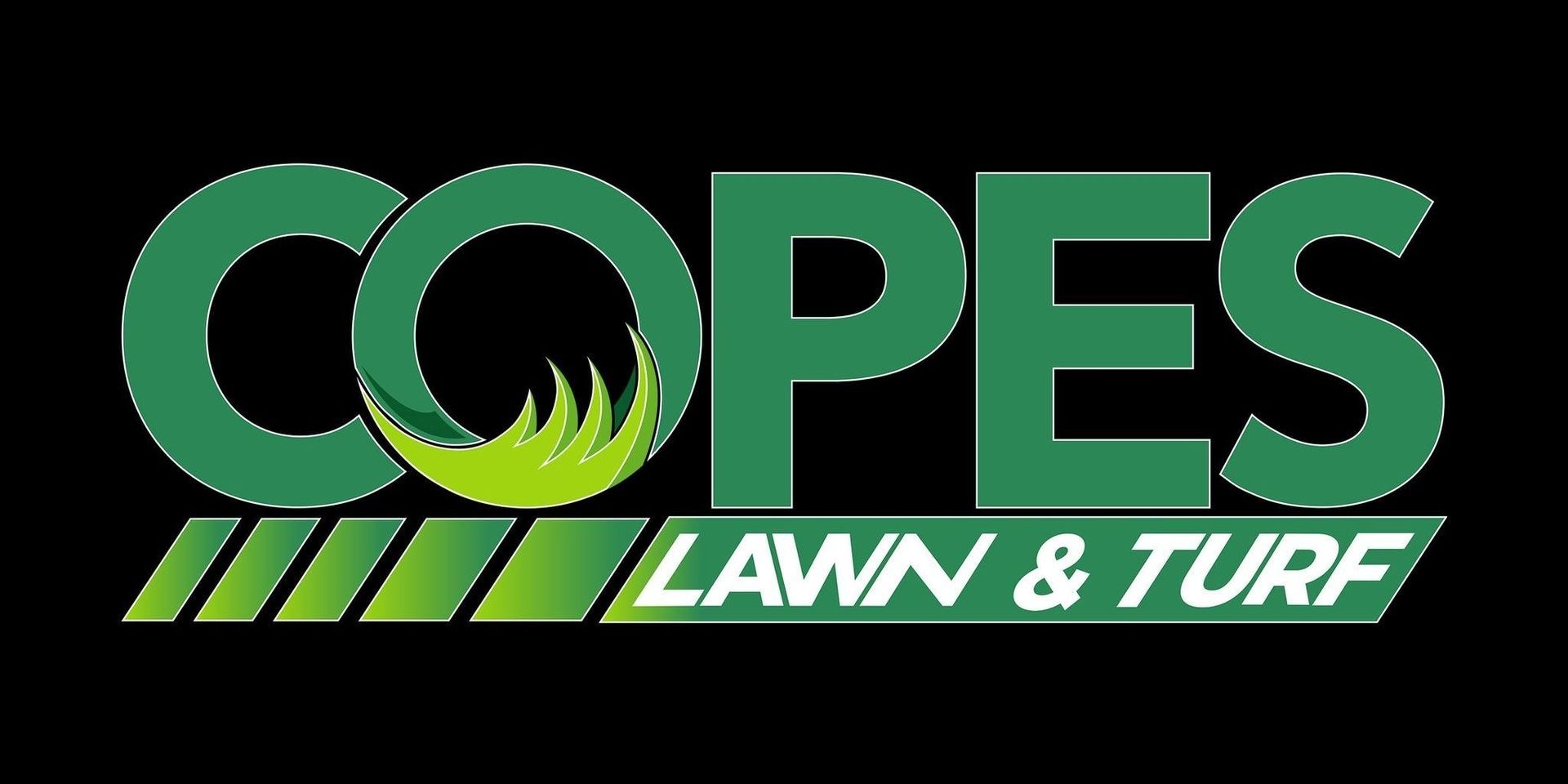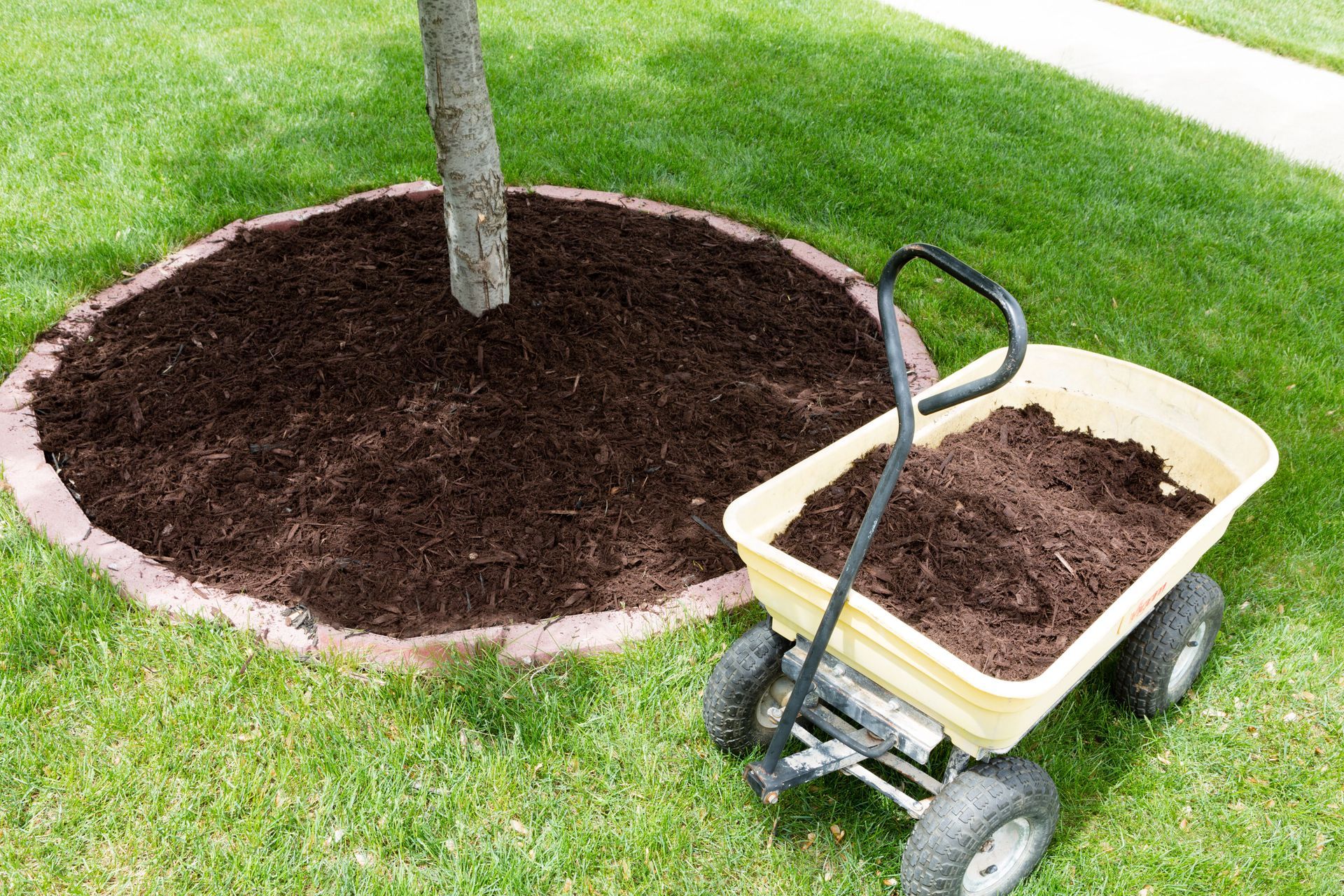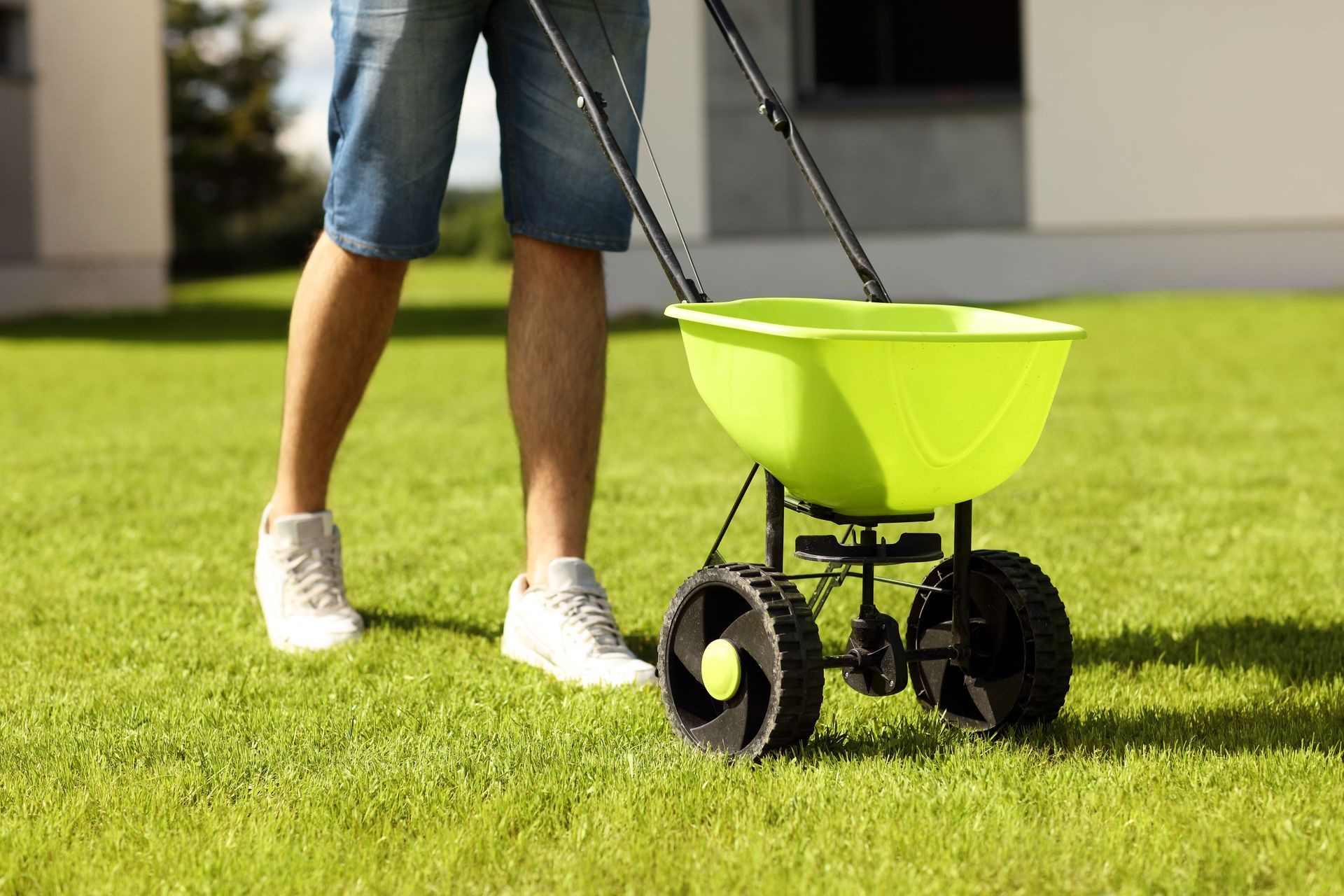Common Lawn Weeds and How a Lawn Weed Control Service Can Help
In the journey to maintain a lush, green lawn, homeowners often encounter various types of weeds that threaten their turf’s health and appearance. This article will outline common lawn weeds and how professional lawn weed control services can assist in managing and eradicating them effectively. Understanding different weed types, their effects, and control measures is crucial for maintaining healthy turf.
American lawns occupy some 30-40 million acres of land, according to Columbia University, highlighting the importance of effective lawn care across vast expanses. The ubiquity of weeds can overshadow beauty, but strategic intervention helps achieve desirable lawn conditions. With routine care and professional services, a verdant lawn is possible for every homeowner. Let's explore characteristics of weeds and how specialized lawn weed services assist in the control and eradication processes.
Understanding Common Lawn Weeds
Lawn weeds are undesirable plants that disrupt the uniformity and health of grass ecosystems. They often spread quickly, harming desired grass species that need light, nutrients, and water. Weed resilience makes them tough to manage without consistent intervention. Despite their invasiveness, understanding their characteristics allows for precise control strategies. The tenacity of these plants is due to their adaptive growth and reproductive capabilities.
Some common characteristics of lawn weeds include rapid growth, extensive root systems, and prolific seed production. These traits allow them to quickly establish, spread, and dominate areas of lawn. Certain weeds also release chemicals that suppress the growth of neighboring plants. This characteristic further enhances their competitive edge, making integrated control approaches vital. Recognizing these traits helps in formulating effective management plans.
Seasonal variations play significant roles in weed emergence and dominance. Cool-season weeds thrive during cooler months, while warm-season weeds peak in summer. Understanding these seasonal patterns aids in the timely application of lawn weed control measures. A proactive approach that considers seasonality is essential for sustained lawn health. Identifying peak growth periods of weeds allows for targeted interventions that reduce their impact.
Identifying Broadleaf Weeds
Broadleaf weeds are prevalent in many lawns due to their adaptability and resilience. Common examples include dandelion, clover, and plantain, each exhibiting distinct visual features. These weeds are easily recognized by their wide leaves and diverse growth forms. Unlike grassy weeds, broadleaf varieties have noticeable flowers, aiding in identification. They pose an aesthetic challenge while potentially harming the ecosystem balance.
Another high-impact broadleaf weed is the henbit, known for its winter survival and resilience. It emerges in fall, continues to grow through winter, and blooms in early spring. Each weed species possesses unique characteristics, making identification key to implementing appropriate control measures. A comprehensive understanding of these weeds ensures effective lawn weed control and reduces reliance on chemical interventions. Typically, broadleaf weeds are resistant to simple physical removal, necessitating strategic methods.
The persistence of broadleaf weeds significantly affects the turf's visual appeal and ecological health. These aggressive competitors extract resources from the surrounding grass, compromising the lawn's vigor and density. Additionally, they may host pests or diseases, compounding their negative impact on turf. Identifying these weeds early can mitigate their detrimental effects. Successful lawn weed control integrates robust identification strategies with timely intervention practices.
Finding Grassy Weeds and Their Characteristics
Grassy weeds are problematic in lawn environments due to their similar appearance to desired turfgrass. Crabgrass and foxtail are notorious grassy weeds that challenge lawn uniformity. These weeds thrive in disturbed, nutrient-rich soil, where they compete with lawn grasses. Identifying grassy weeds involves noting their growth habits; they often form tufts or patches in affected areas. Despite their grass-like appearance, targeted lawn weed control measures can effectively manage them.
Characteristically, grassy weeds possess narrow leaves and fibrous root systems, similar to regular grass, making detection challenging. New sprouts may blend seamlessly into existing turf, delaying homeowner response. These weeds germinate in disturbed areas, benefiting from bare soil and poor drainage. Seasonal timing is crucial as warm-season grassy weeds dominate in summer, complicating control efforts during dry spells. Effectively managing these weeds requires understanding their environmental preferences and growth cycles.
Ignoring grassy weeds can lead to prolonged lawn issues, including unsightly patches and reduced grass health. Their aggressive growth results in thatch build-up, inhibiting water infiltration and oxygen flow to roots. Implementing preemptive control measures is crucial to maintaining structural and aesthetic lawn integrity. Practitioners employ a variety of techniques, including herbicides and cultural practices, to deter grassy weed growth. Comprehensive management plans ensure sustained lawn vigor and hinder recurring infestations.
Utilizing Techniques in Weed Control
Cultural lawn weed control methods focus on maintaining healthy lawn conditions to naturally suppress weed growth. Proper mowing, aeration, and fertilization practices enhance turf density, reducing weed establishment opportunities. These approaches emphasize preventive measures and promoting robust grass growth. By optimizing soil health and encouraging vigorous grass, the competitiveness of weeds is naturally diminished. Consistent, strategic lawn maintenance forms the foundation of effective cultural weed control.
Maintaining appropriate mowing height helps mitigate weed invasion, as taller grasses shade soil, preventing weed germination. Meanwhile, regular aeration improves soil structure, enhancing water and nutrient absorption by turf roots. Fertilizing according to grass species requirements boosts lawn resilience, reducing weed incursion. Employing these techniques in conjunction can significantly enhance lawn vitality and weed suppression. Acknowledging the role of these practices fortifies overall lawn health.
Grass selection also plays a pivotal role in cultural weed control strategies. Choosing hardy varieties suitable for local climate and soil conditions ensures competitive turf. This diversity in grass species enhances resilience against varying weed pressures. Maintenance practices align with the life cycles of both desired turf and potential weeds, providing optimal control. Consistent application of cultural methods establishes an unfavorable environment for weed proliferation, emphasizing lawn vitality over chemical reliance.
Investing in Professional Lawn Weed Control Services
Professional lawn weed control services offer invaluable expertise and experience in managing diverse weed challenges. Technicians possess in-depth knowledge of weed biology, enabling precise identification and management. They employ evidence-based methodologies that optimize lawn beauty while minimizing environmental impact. Access to specialized tools and products allows for targeted treatment, addressing specific weed issues efficiently. Personalized service guarantees that interventions align with individual lawn conditions and homeowner preferences.
Expertise extends to understanding weed resistance trends, equipping professionals with cutting-edge solutions. By staying informed on the latest research and techniques, professionals effectively combat emerging weed threats. They provide tailored advice on cultural practices, enhancing the client's ability to maintain lawns between treatments. Year-round support ensures consistent weed management, adapting approaches as conditions change. This comprehensive knowledge translates to healthier lawns with more aesthetic appeal over time.
The convenience and peace of mind that accompany professional services are significant advantages. Homeowners can focus on other responsibilities, confident in the knowledge that their lawns are maintained by experts. Regular service visits ensure that potential problems are detected early and addressed promptly. This proactive approach reduces overall lawn maintenance stress and cost. Not only does this foster better lawn health, but it also increases property value and curb appeal.
Dealing with lawn weeds is a common challenge for homeowners, but understanding the types and nature of weeds can help manage them effectively. Employing the expertise of a professional lawn weed control service can lead to a healthier and more aesthetically pleasing lawn. By choosing Cope's Lawn And Turf, you can ensure sustained weed management that keeps your lawn looking its best. Reach out today to get started with a free estimate!




Share On: